
A light that shines in the darkness to protect and alert. Sounds like something one would say about that friend or mentor whom helps us in the hardest of times, but alas, this is not that reference. This is a reference to the silent, but bright, guardians of our coastlines and ships, the majestic lighthouse.
The lighthouse has been a staple of culture in the world since we built boats to sail the seas. Protection from fog, reefs, rocks and other hazards of the coastline have been signaled by these monoliths of light, even before the advent of electricity. Surprisingly, large fires were lit in the top of the early lighthouses, so ship captains knew not to sail to close to them in order to avoid dangers to their ships. Some even used early forms of light refraction to make the light spread farther out to see – mirrors were used in some cases, but in many it was actually metal polished to a shine that was used as mirrors were not as easily come by as they are today. Electricity and the light bulb paved the way for current lighthouses – the rotating beam of light that is done with some creative positioning of mirrors, glass and a motor to spin a curved mirror in a circle around the light bulb. This effect channels the light outwards in a beam, rotating around and around to catch the eye, and help the light pierce the fog.
Word of the Day
| |||
| Definition: | (adjective) Lacking in cunning, guile, or worldliness. | ||
| Synonyms: | artless | ||
| Usage: | His ingenuous delight in it was a delight to her, and a new and mutual love-thrill was theirs-because of a flower. | ||

Idiom of the Day
keep mum— To remain silent; to not say anything (e.g., about a secret). |

History
Federal Emergency Declared at Love Canal in New York (1978)
In the 1940s and 50s, an abandoned canal in Niagara Falls, New York, became a dumping ground for chemical waste. It was later filled in, and after the land was given to the city of Niagara Falls by the chemical company, houses and an elementary school were built there. By the late 1970s, toxic chemicals had risen to the surface, and residents were found to have a high incidence of chromosome damage. A federal emergency was declared in 1978, and residents were evacuated.
Emil Nolde (1867)

Nolde was a German painter and print maker. Fervently religious, he often painted supernatural imagery, such as demonic heads and mystic appearances. Impressed by the art he saw on a 1913 expedition to the East Indies, he began to paint brooding landscapes and colorful flowers. As a print maker, he was noted for his crudely cut, stark black-and-white woodcuts. Ivory Crush
The mass slaughtering of elephants for their ivory tusks could wipe these magnificent animals off the face of the Earth in the span of a decade. Ivory crushes, in which a variety of intricately carved objects are destroyed, send a clear message that governments will not tolerate this crime against wildlife.
READ MORE:
 |
Zambia Farmers Day
Farmers Day celebrates the country of Zambia's agricultural sector, praises their efforts in providing crops to feed the country, and gives them a day to relax from their labors. Governmental officials normally give speeches outlining the advances in the harvest of crops, particularly maize. But average citizens enjoy a variety of sporting events that are held on the Farmers Day weekend, including soccer championships.

1888 - Theophilus Van Kannel received a patent for the revolving door.
1934 - The U.S. Court of Appeals upheld a lower court ruling striking down the government's attempt to ban the controversial James Joyce novel "Ulysses."
1959 - The U.S. launched Explorer 6, which sent back a picture of the Earth.
1974 - French stuntman Philippe Petit walked a tightrope strung between the twin towers of New York's World Trade Center.
1981 - After 128 years of publication, "The Washington Star" ceased all operations.
1999 - Tony Gwynn (San Diego Padres) got his 3,000th hit of his major league career.
2003 - Stephen Geppi bought a 1963 G.I. Joe prototype for $200,000.

1.
August 11,12 - Perseids Meteor Shower.
The Perseids is one of the best meteor showers to observe, producing up to 60 meteors per hour at its peak. It is produced by comet Swift-Tuttle, which was discovered in 1862. The Perseids are famous for producing a large number of bright meteors. The shower runs annually from July 17 to August 24. It peaks this year on the night of August 11 and the morning of August 12. The waning gibbous moon will block out many of the fainter meteors this year, but the Perseids are so bright and numerous that it should still be a good show. Best viewing will be from a dark location after midnight. Meteors will radiate from the constellation Perseus, but can appear anywhere in the sky.
2.

3.
thanks, Shelley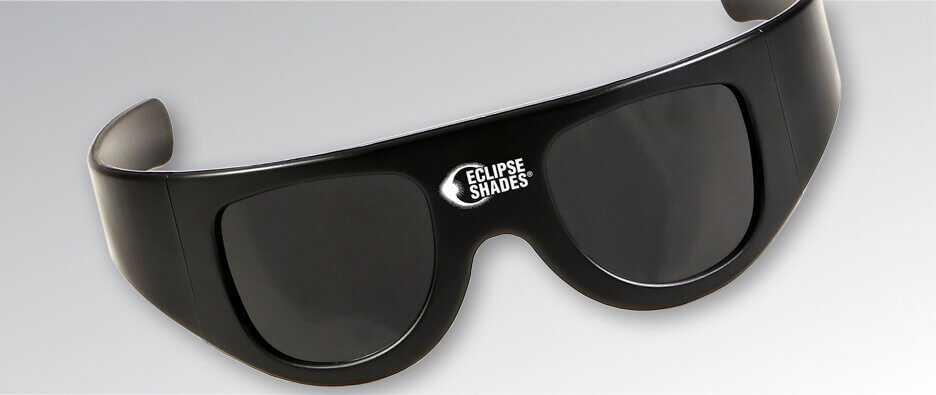

4.
49th Annual Sun Valley Center Arts & Crafts Festival
August 11-13, 2017
Atkinson Park, Ketchum, Idaho
Hours: Friday, August 11, 10am-6pm,
Saturday & Sunday, August 12 & 13, 10am-5pm
Sun Valley Center for the Art’s Annual Arts & Crafts Festival is an outdoor juried fine arts and crafts show located in beautiful Ketchum, ID. The Sun Valley Center values and honors art work made by the individual artists. No commercial agents are allowed. This popular community event also includes artist demonstrations, live music, food vendors and a kid’s activity area.
further information: Arts and Crafts Festival - Sun Valley Center for the Arts

Pictures of the day

In a Roman Osteria is an oil painting on canvas completed by the Danish painter Carl Bloch in 1866. Commissioned by the merchant Moritz G. Melchior, it depicts the interior of an osteria, with Melchior and some friends in the background. It has been in the collection of the National Gallery of Denmark since 1935.
CANADIAN MINERS FOUND A DINOSAUR SO WELL PRESERVED, IT LOOKS LIKE A SCULPTURE

It has been hailed as one of the best-preserved armored dinosaurs in the world

knit
thanks, Leah
knit
thanks, Maddy
knit
Trellis Lace Stitch
crochet
thanks, Sharon
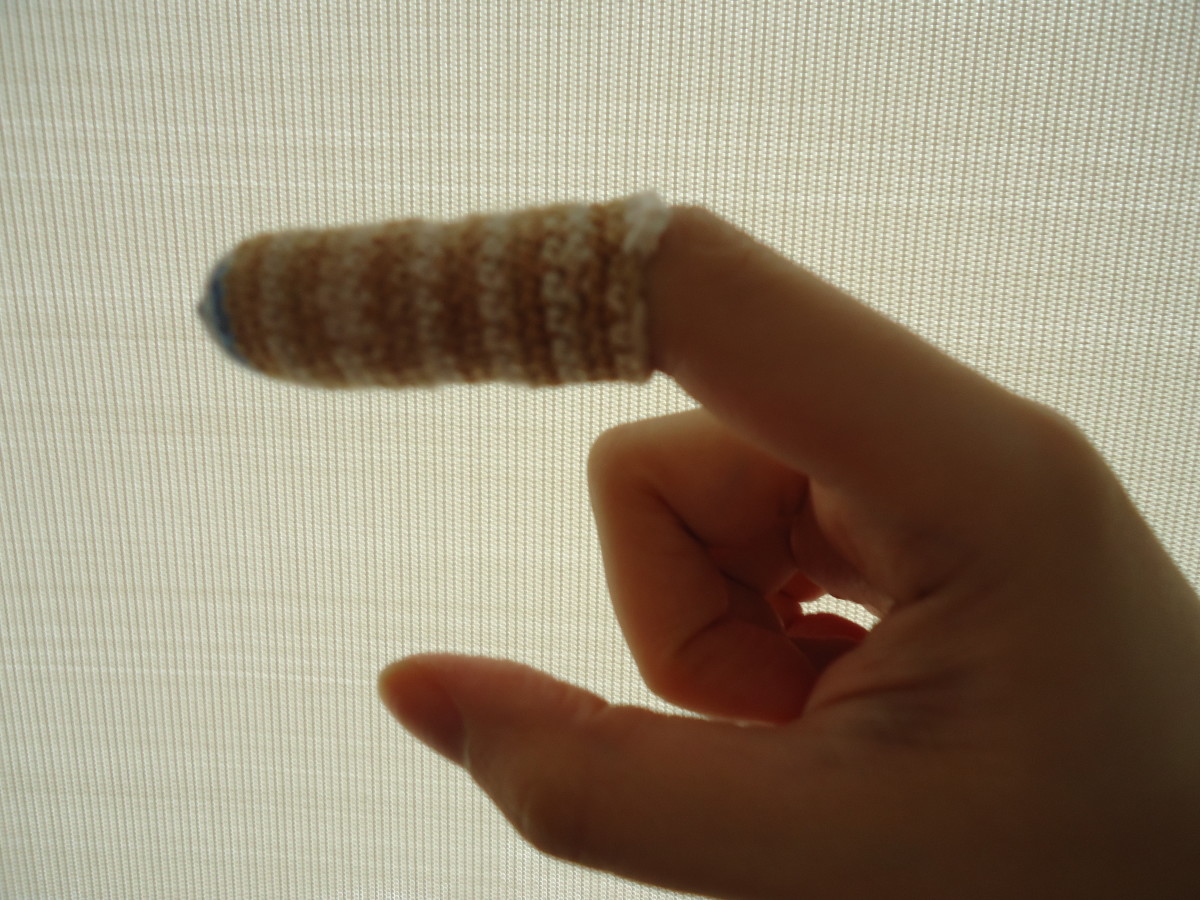
crochet
thanks, Ann
crochet
crochet

crochet
STARBUST/ CATHERINE WHEELS/ PINWHEEL stitch
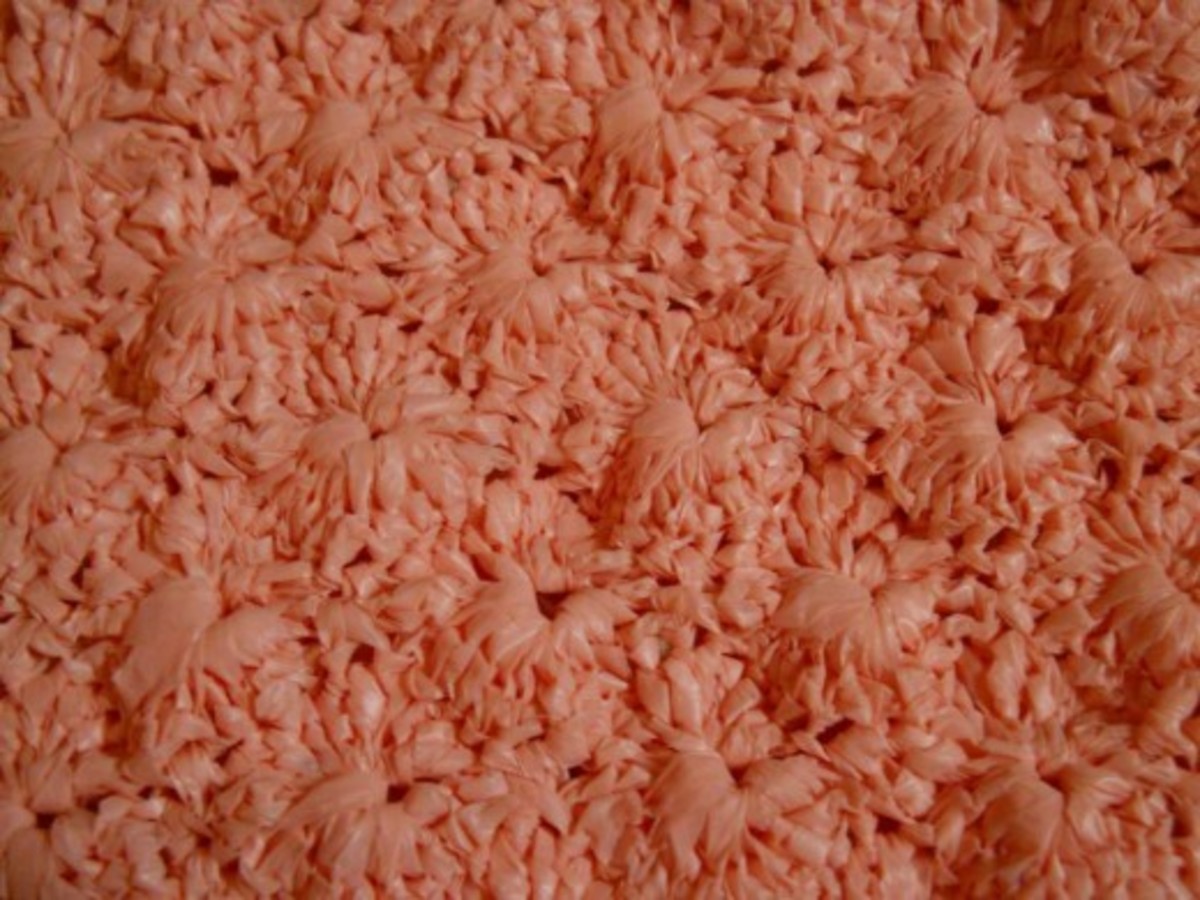
Foundation Chain: Chain a multiple of 8 + 2.
Row 1: Sc in 2nd ch from hook, {sk 3 ch, [(dc, ch 1) 4x, dc] in next ch, sk 3 ch, sc in next ch} repeat to end, ch 3, turn.
Row 2: Dc2tog, ch 4, sc on the central dc of shell, (dc 3, dc 5 tog, ch 4, sc on the central dc of shell) repeat till last central dc, ch 4, dc3tog, ch 4, turn.
Row 3: (Dc, ch 1, dc) on top of dc3tog, sc on sc {[(dc, ch 1) 4x, dc] on top of dc5tog, sc on sc} repeat till last sc, [(dc, ch 1)2x, dc] on top of dc2tog, ch 1, turn.
Row 4: Sc on first dc, (dc5tog, sc on central dc of shell) repeat to end, ch 1, turn.
Row 5: Sc on sc, {[(dc, ch 1) 4x, dc] on top of dc5tog, sc on sc} repeat till last sc, [(dc, ch 1) 4x, dc] on top of dc5tog, sc on top of turning chain.

RECIPE
thanks, Joy
CROCKPOT RECIPE
thanks, Dana

SWEETS
thanks, Gloria

ADULT COLORING
CRAFTS
Make Your Own Kid’s Backpack
by craftbits
Store-bought backpacks don't excite you? Make a unique, yet simple backpack for your child with bright straps and cheerful fabrics. Have your child pick out fabrics to make this project fun for both of you as well.

Plain cotton canvas fabric
Printed fabric
Lining fabric
2 meters x Nylon webbing straps
4 pcs x 2.5cm D-rings
Velcro
Tip: Add a layer of batting to the cover flap if the fabric is not sturdy enough.

What you need
Cut according to pattern:Plain cotton canvas fabric
Printed fabric
Lining fabric
2 meters x Nylon webbing straps
4 pcs x 2.5cm D-rings
Velcro
Tip: Add a layer of batting to the cover flap if the fabric is not sturdy enough.
Instructions
Download the pattern for this kids backpack.
1. Stack the main fabric and lining piece of Body Pocket together, right sides facing.
Stitch across at the top, 1cm away from the edge.
2. Fold over and press at the seams, so that the wrong sides of the fabric are facing each other.
Top stitch at the top, 1cm away from the fold.
3. Attach one side of the Velcro to the main fabric according to the position marked on the PDF pattern. Sew all around.
4. Place the pocket piece on top of one of the Body piece. Baste around the edges to tack the pocket down, about 0.5cm away from the edge.
5. Cut 2 strips of nylon webbing measuring 7.5cm each. Thread 2 D-rings into each strip.
6. Now we will assemble the backpack’s straps onto the 2nd Body Piece. Mark the placement of the straps according to the PDF pattern for the following straps:
2 D-ring straps, placed on the bottom and angled upwards
2 shoulder straps @ 75cm each (or according to your preferred length)
1 top handle strap @ 27cm, placed between the shoulder straps
Baste straps to the Body Piece, 0.5cm from the edges.
7. Now for the Cover Flap. Mark and place the other piece of Velcro onto the lining piece. Stitch around.
8. Stack the main fabric and lining pieces of Cover Flap together, right sides facing.
Sew around the right, bottom and left sides, 1cm from the edge. Leave the top edge unsewn.
9. Turn the pieces inside out through the top’s opening.
10. Press, and top stitch the right, bottom and left sides 1cm from the edge.
11. Now we’ll be assembling the outer bag together. Stack the Bottom Gusset and one of the Side Gusset pieces (canvas pieces) together, right sides facing. Line up the edges like the photo above, and stitch 1cm from the edge.
12. Now stack the other Side Gusset piece on top of the Bottom Gusset, line up the edges and sew 1cm from the edge.
13. Pin the gusset pieces onto the Body Piece, and carefully sew around the right, bottom and left sides, 1cm from the edge.
14. Next, pin the remaining Body Piece onto the other sides of the gusset pieces. Again, carefully sew around the right, bottom and left edges, 1cm from the edge.
15. Turn the bag inside out.
16. Repeat steps 11 to 14 with the lining pieces, but leave an opening of about 15cm unsewn to turn the bag later on. Do not turn the lining inside out.
17. Place the Cover Flap right side down onto the back of the bag (where the straps are). Line up the edges at the top and baste the Cover Flap onto the bag 0.5cm from the edge to keep it in place.
18. Slide the bag into the lining bag, so that their right sides are facing.
19. Match up the seams on the opening. Pin and carefully stitch all around, 1cm from the edge.
20. Now the turn the bag inside out through the opening in the lining.
21. Pin the opening in the lining close, and stitch the layers close, 0.5cm from the edge.
22. Pin all around the opening of the bag and top stitch all around, 1cm from the edge. If you find this tricky, you may just press down the edges instead so that they’re crisp.
23. To adjust the length of the straps, pull each strap through the 2 D-rings, and…
… then pull it back through the D-rings by going over 1 D-ring, and into the next D-ring.
And you’re done!

CHILDREN'S CORNER ... summer fun
thanks, Cindy
/about/water-lily-diy-56a262d53df78cf77274f452.jpg)
PUZZLE
Heart Cake Jigsaw Puzzle

WORD SEARCH
| about adore after ants basic beyond bother | circumference clean climax contest corner cough creak dignitary dish distant | farther fruit further gifts goes guide immense | marks meant mutual often rent | shame storm submit terminate trick usage virtue |
SUDOKU ... very hard
solution:

QUOTE

CLEVER


German Expressionist Emil Nolde born Emil Hansen in Nolde
EYE OPENER
thanks, Gabby
/about/full-frame-shot-of-wool-balls-542040329-580a8bf13df78c2c73adb593.jpg)

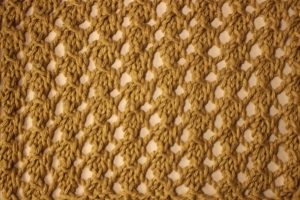
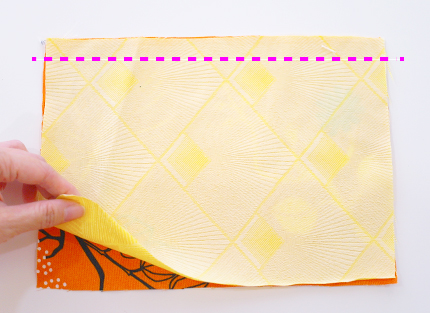











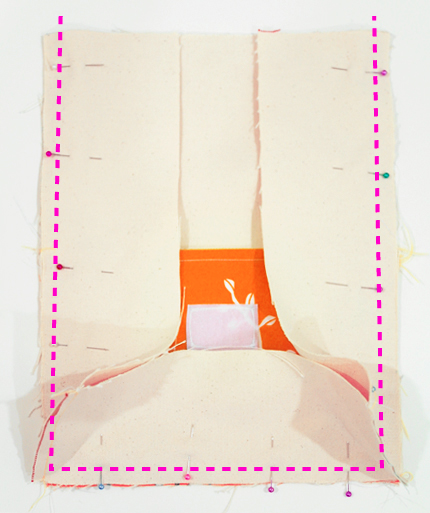












No comments:
Post a Comment